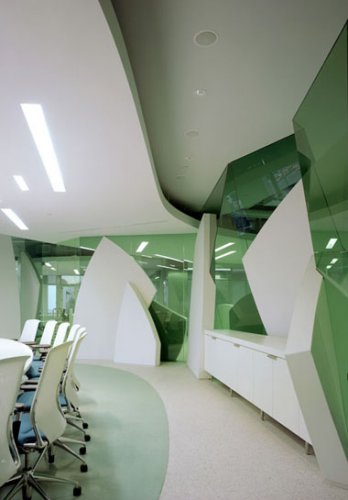Unveiling the Top Interior Design Trends of 2022
Welcome to a glimpse into what lies ahead in the world of interior design as we unveil the top trends of the year 2022. Nestled between functionality and aesthetics, these trends promise innovation and creativity in transforming spaces into inviting sanctuaries. From soothing color palettes to unexpected design elements, this year's trends are a reflection of our ever-evolving lifestyles and design preferences. Join us as we explore the exciting realms of interior design and discover how these emerging trends are reshaping our living spaces.

Color Trends
In the realm of interior design, color trends play a crucial role in setting the ambiance and defining the overall aesthetic of a space. For 2022, we are seeing a shift towards calming and earthy tones such as muted greens, soft blues, and warm neutrals. These colors evoke a sense of serenity and connection to nature, providing a comforting backdrop for any room.
Another prominent color trend emerging this year is the use of rich jewel tones like deep emerald, sapphire blue, and ruby red. These bold and luxurious hues are perfect for adding drama and sophistication to interiors, whether through accent walls, furniture pieces, or bold accessories. By incorporating these colors tastefully, you can create a sense of opulence and elegance in your living spaces.
For those who prefer a more minimalist approach, the trend of monochromatic color schemes continues to gain popularity in 2022. Shades of grey, beige, and off-white are being used to create harmonious and cohesive interiors that exude a sense of understated luxury. Whether through tonal layering or using variations of a single color, this trend offers a timeless and sophisticated look that can easily be adapted to suit any design style.
Sustainability in Design
Sustainability has become a key focus in interior design trends for 2022. More and more designers are incorporating eco-friendly materials such as reclaimed wood, recycled glass, and organic textiles into their projects. By choosing sustainable options, designers not only reduce the environmental impact but also create spaces that promote health and well-being.
In addition to materials, energy-efficient lighting and appliances are gaining popularity in sustainable interior design. LED lighting, for example, not only consumes less energy but also lasts longer, reducing the need for frequent replacements. Smart technologies that help regulate energy usage in homes are also becoming a staple in sustainable design, offering both environmental and cost-saving benefits.
Furthermore, biophilic design, which focuses on incorporating elements of nature into interior spaces, is a growing trend in sustainable design. Bringing in natural light, incorporating indoor plants, and using nature-inspired colors and textures all contribute to creating spaces that are not only visually appealing but also improve occupants' connection to the natural world.
Smart Technology Integration
In 2022, smart technology integration plays a crucial role in shaping modern interior design trends. Home automation systems are becoming increasingly popular, allowing homeowners to control various aspects of their living spaces with just a tap on their smartphones. From smart lighting that can be adjusted to suit different moods to automated window treatments that enhance energy efficiency, technology is seamlessly blending into interior design.
Voice-controlled devices are also making waves in the interior design world. Virtual assistants like Alexa and Google Home are not only convenient for everyday tasks but also serve as stylish additions to contemporary interiors. Integrating these devices into the design allows for a hands-free approach to managing lighting, temperature, music, and more, creating a truly futuristic living experience.
Another growing trend is the incorporation of smart furniture and appliances. From multi-functional pieces that adapt to different needs to smart kitchen gadgets that make cooking a breeze, technology is transforming the way we interact with our living spaces. Imagine a coffee table that doubles as a wireless charging station or a refrigerator that creates grocery lists based on its contents – these innovations are redefining the concept of modern interior design.